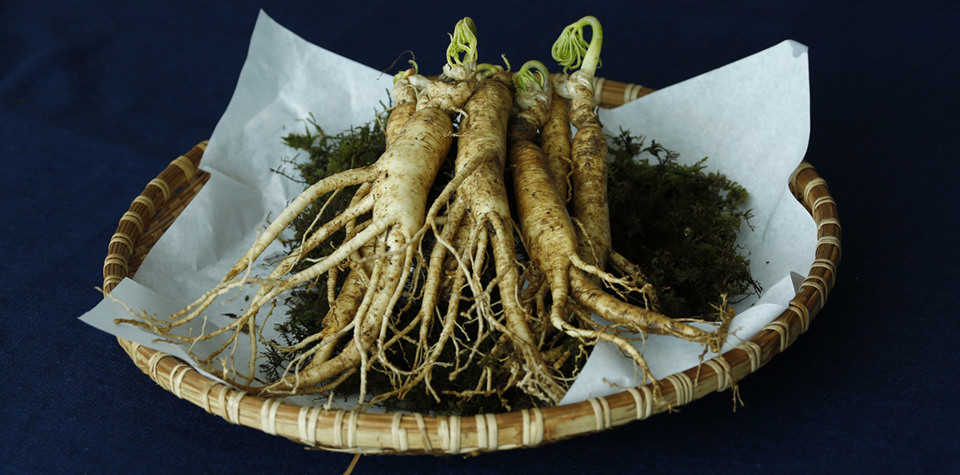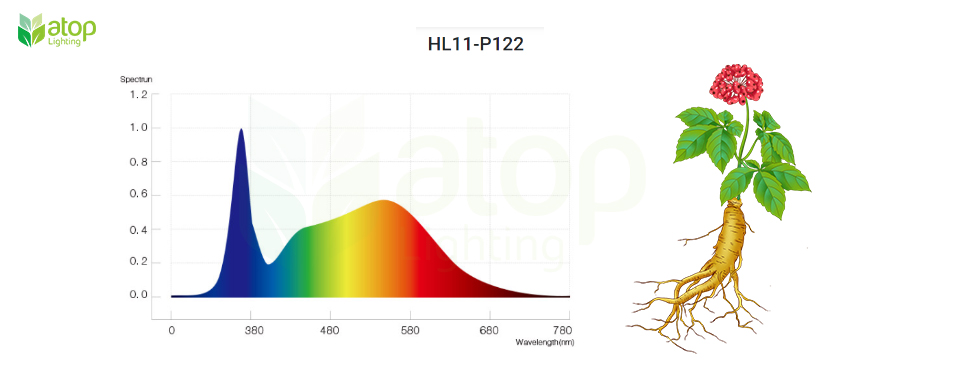5 Things to Know Before Growing Ginseng Indoors
Ginseng, so called “green gold” , is popular for its medical benefits. It is believed that wild ginseng, especially the roots at an older age, has powerful curative effect. With the increasing demands of ginseng and advanced horticultural technologies, ginseng are planted in greenhouses or indoor farms with traditional soil cultivation or hydroponic system. However, unlike other commercial crops like tomatoes, cucumber, and strawberry, there is a little research about indoor ginseng. If you plan to grow ginseng indoors or wonder how to grow ginseng indoor, read this post. We will show you several 5 important things to know before growing ginseng indoors.

What is ginseng
Ginseng is a valuable herb that grows in shady and well drained forest naturally. It is famous for its dramatic medical values, such as reducing inflammation, enhancing brain function, boosting immune system, lower blood sugar, etc. Asian ginseng and American ginseng are perennial in our daily life. Asian ginseng is common in China and parts of Korea. American ginseng is from Canada and the US. In general, ginseng root has higher concentration of ginsenosides than leaves. The older the root, the higher ginsenosides levels. Thus, the ginseng root is the most valuable part of ginseng, and it widely used for medicinal purposes.
When should you grow ginseng
The best time for growing ginseng varies from the stage you start to grow. Some growers start from sowing seeds while others begin with seedlings or roots. If you grow ginseng from seeds, the best time for planting is fall or late summer, which mimics the natural grow cycle of ginseng. In order to reduce the risk of damage by rodents, you can also plant ginseng seeds in the spring. If you start with seedlings, plant them in a period between October and April. When it comes to roots, they can be planted in the fall.
How long does it take to grow ginseng
Since ginseng is of high price, many people grow ginseng to earn profits. However, ginseng is not a crop like common commercial vegetables that can be profitable quickly. In contrast, ginseng is a slow-growing crop. It takes about 5 to 8 years for ginseng to grow full maturity. The specific time depends on how you start growing and your planting goals. If you want to harvest the mature ginseng and grow them with new seeds, it costs roughly 18 months for new seeds to stratify before getting them ready to plant. If you start cultivation with seedlings, the growing time can be shortened by about 2 years. It costs only about one year if you want to sell seedlings to growers.
Is it easier to grow ginseng indoors than outdoors
Well, it is hard to say growing ginseng indoors is easier than outdoors.
Wild ginseng grows well in cool and shady woodland or forest. This environment has the ideal temperature about 10 ℃ for ginseng to flourish. If you plant ginseng indoors, it cannot grow as well as outdoors without optimal growing environment. Most grow rooms use multiple equipment and control systems like artificial lights, cooling machines, and shading system, to simulate natural growing conditions for ginseng as closely as possible. So this is where the problem is. Growing ginseng indoors requires high investment. In addition to significant start up cost, it also requires a lot of time and labors. Even in a well-controlled environment, indoor ginseng takes longer to fully mature.
However, growing ginseng indoors has its own advantages. Firstly, there is less chance of weeds or encroaching problems. Then, your precious ginseng will not be affected by external environment. Moreover, pest and disease are less likely to occur in indoor grow rooms. Most importantly, the addition of artificial light and precisely controlled environment contribute to higher ginsenosides content.
What are lighting requirements of ginseng
As mention earlier, ginseng is a low-light crop. Too much light will cause leaf death. Therefore, it is common to grow ginseng under shade cloth. In a greenhouse, ginseng needs at least 70 percent artificial or natural shade, and it can tolerate up to 95 percent shade. But what are the light requirements for growing ginseng indoor?
Although ginseng is a low-light crop, it doesn’t mean it can withstand zero light conditions. It still needs some light to thrive. Furthermore, too little light will limit root yield. For indoor growing, artificial light is the sole light source for ginseng. It is crucial for crop yield and quality.
According to the study of the effects of light quality on ginseng, red light enhances the photosynthesis parameter, and blue light improves the total concentration of saponin and ginsenoside. Natural white light (full spectrum) is the most effective light recipe to enhance the growth and ginsenoside content. Thus, selecting the horticulture lighting like the Horti-Green, a full spectrum LED grow light is one of the best options for commercial growers to boot economic efficiency.


